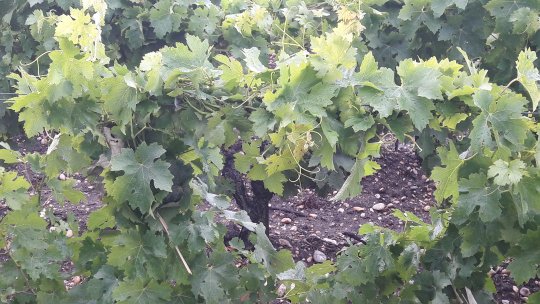What is braiding?
Braiding is an alternative technique to trimming which consists in making knots with the vine's branches or braiding the branches together. Braiding the vine redirects growth towards the ground, and reduces acrotonic growth in vines of low to medium vigour. It avoids the need to cut the tips off the branches and also branches growing too high and ending up bending under their own weight. Keeping the vine's tips avoids some compensation phenomena, reducing the growth of lateral shoots which are responsible for increasing the thickness of the foliage and decreasing ventilation around the bunches.


